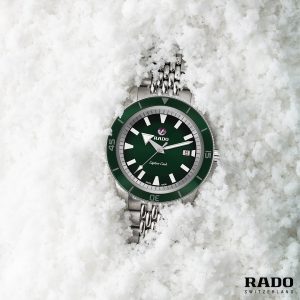1917
Modest beginnings in Lengnau, Switzerland
The Schlup & Co. watchmaking factory was founded by the brothers Fritz, Ernst and Werner in 1917. Their humble atelier, a converted part of their parents’ home, was the birthplace of the company that would later become Rado. Though Schlup & Co. got off to a modest start, by the end of World War II the factory was among the largest producers of watch movements in the world.

